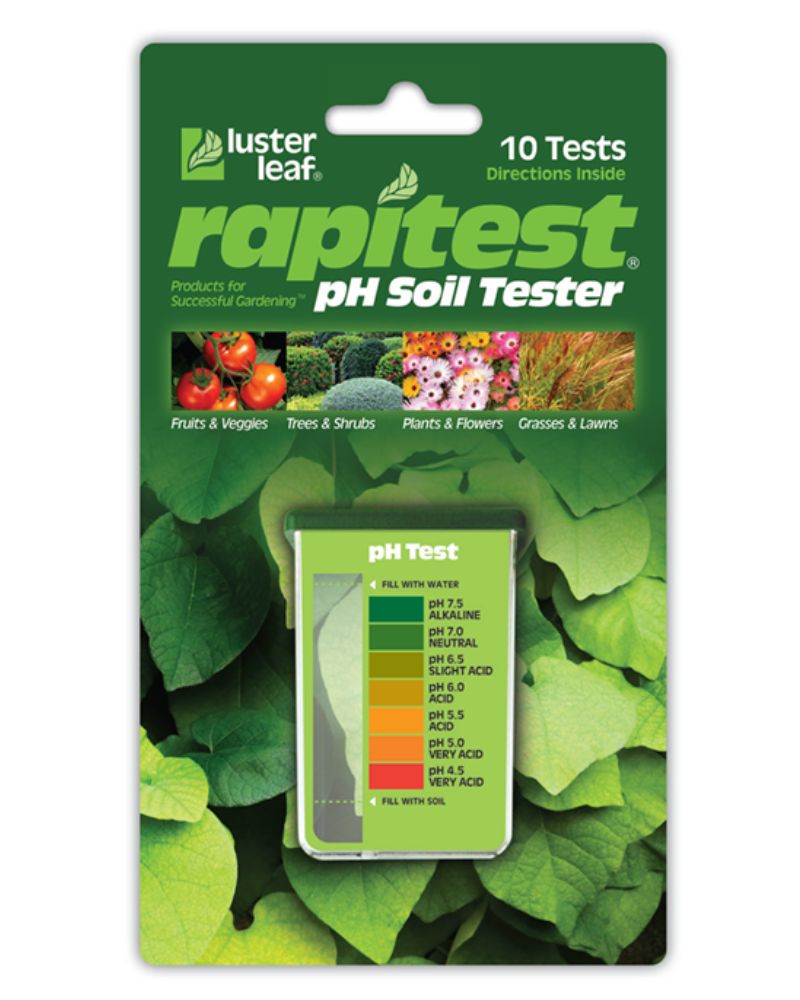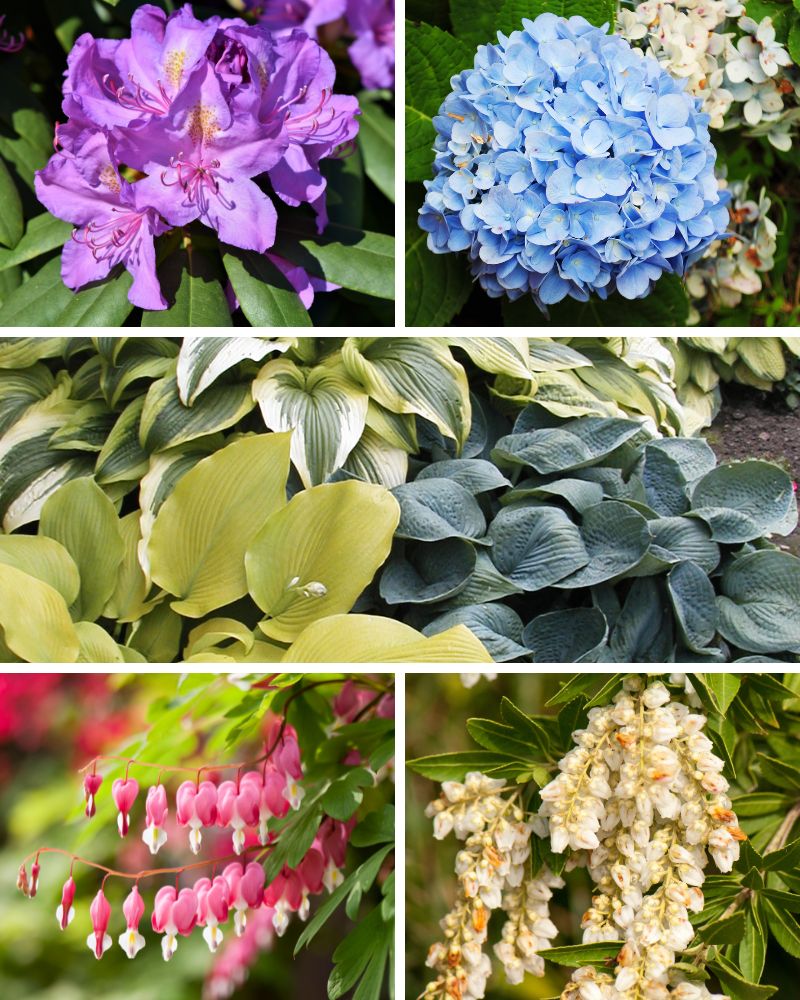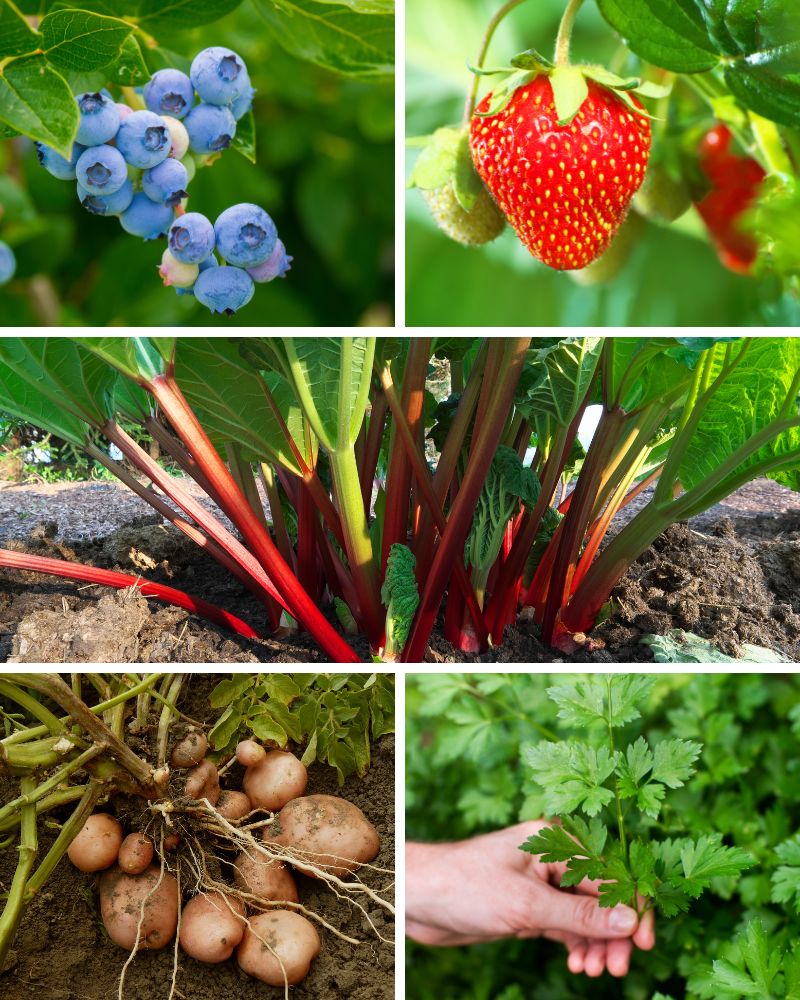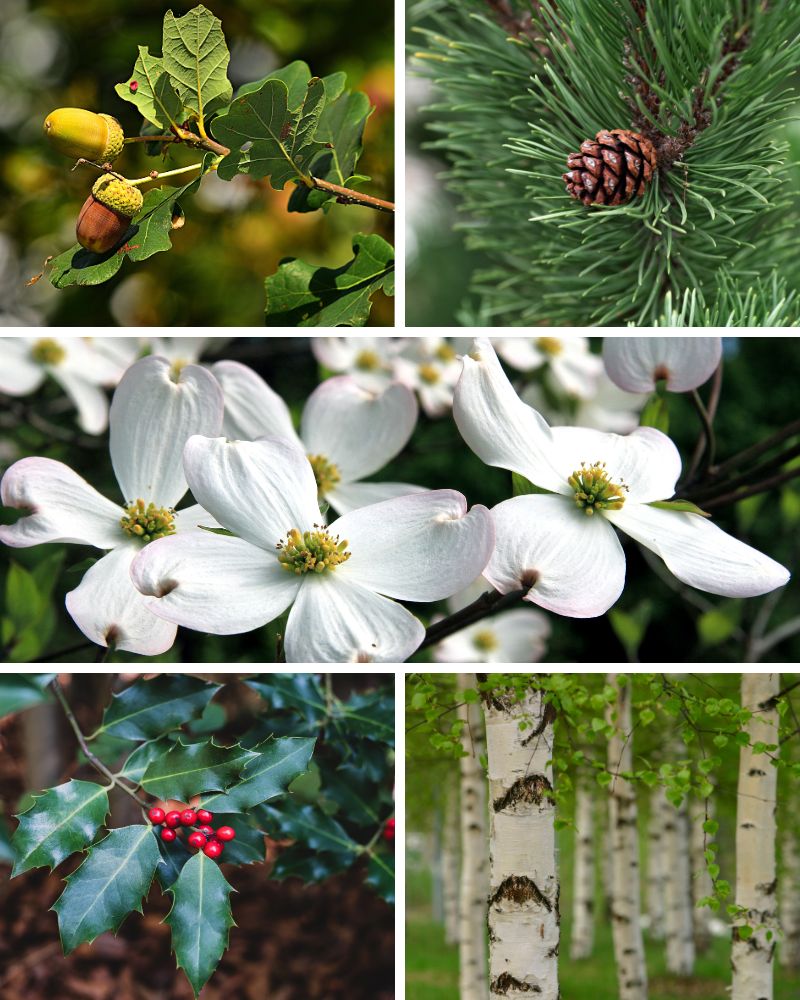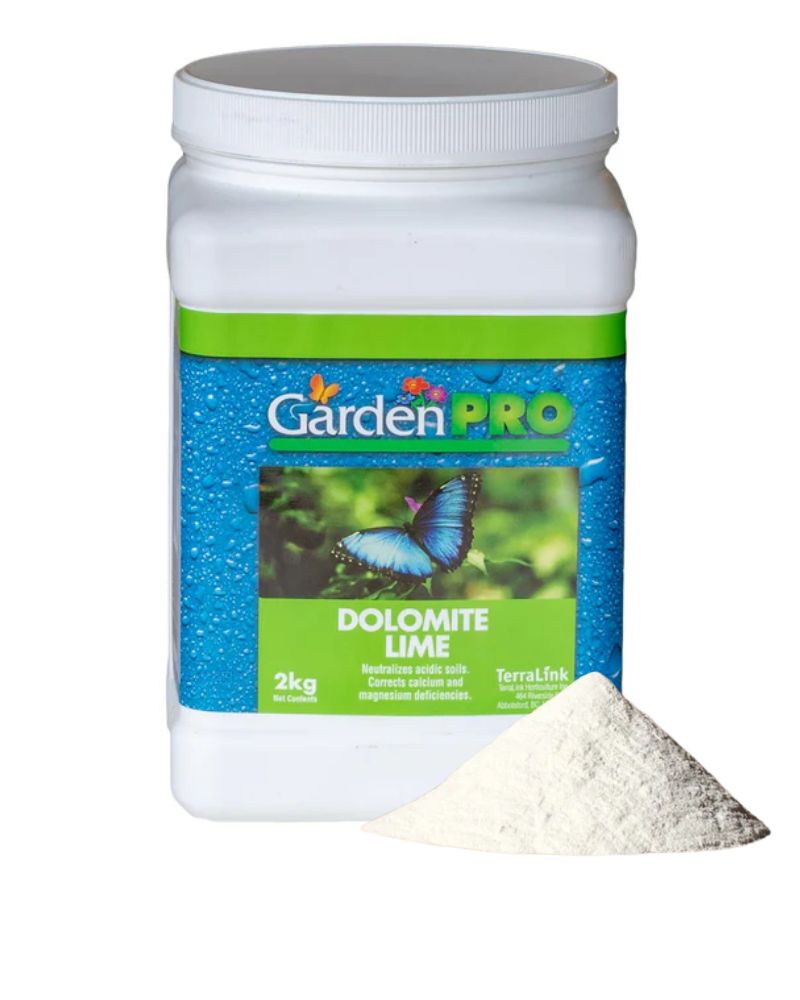
Plants for Acidic Soil
Thriving in Acidic Soil: Plants That Love Low pH & How to Work With It
Did you know that your soil’s pH can make or break your garden? While many plants prefer neutral ground, some absolutely flourish in acidic soil. If your garden tends to lean low on the pH scale, don’t worry—you’ve got lots of beautiful planting options! In this article, we’ll walk you through:
- Signs you may have acidic soil
- How to test your soil’s pH
- How to work with or correct acidic conditions
- And most importantly—a list of plants that LOVE acidic soil!
What is Acidic Soil?
Soil pH measures how acidic or alkaline your soil is on a scale from 0 to 14. A pH below 7 is considered acidic, with lower numbers indicating stronger acidity. Most plants thrive in a slightly acidic to neutral range (6.0–7.0), but some are naturally adapted to lower levels and can even struggle if the soil isn’t acidic enough.
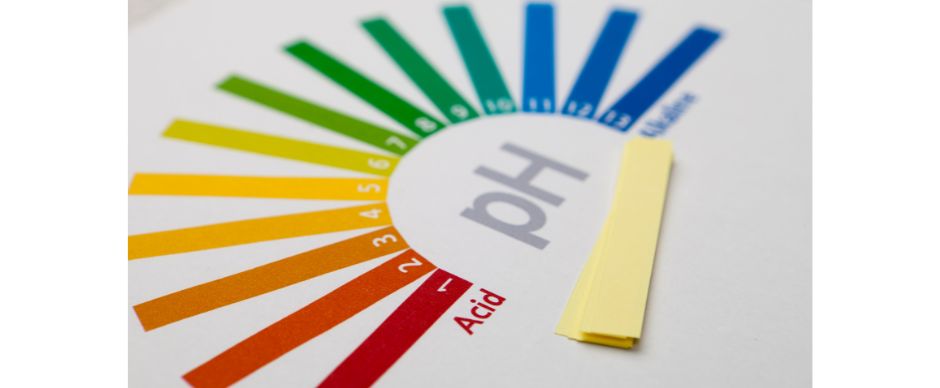
How to Tell if Your Soil is Acidic
There are a few signs your soil may be acidic:
- Stunted growth in plants that usually thrive in neutral soil
- Yellowing leaves on plants like lilacs, hydrangeas, or boxwood (a sign of nutrient deficiency caused by low pH)
- Moss growth in lawns or garden beds (moss prefers acidic soil)
- You’re surrounded by conifer trees, which naturally acidify the soil over time
Best way to know?
Use a soil pH test kit or send a sample to your local extension office. Many garden centres also carry affordable DIY test kits. Simply mix soil and water, add the test solution, and compare the colour result to the pH scale provided.
Plants That Thrive in Acidic Soil
If your garden soil is acidic, count yourself lucky—there are many gorgeous and productive plants that thrive in those conditions! Here are some favourites:
Acid-Loving Ornamentals:
- Azaleas
- Rhododendrons
- Hydrangeas (blue flowers appear in acidic soil!)
- Japanese Pieris (Andromeda)
- Bleeding Heart (Dicentra)
- Hostas (some tolerate acidic soil well)
Fruits & Edibles:
- Blueberries (absolutely love acidic soil—pH 4.5–5.5 is ideal!)
- Cranberries
- Raspberries
- Strawberries
- Potatoes
- Rhubarb
- Parsley
🧪 What if Your Soil is Too Acidic?
Some plants struggle when the soil dips too low in pH (below 5.5). If you’re hoping to grow a more pH-neutral garden or you’re seeing nutrient deficiencies, here’s how to raise the pH:
✅ How to Combat Excess Acidity:
- Add Lime (Calcium Carbonate):
Dolomitic lime is a common and effective amendment that gently raises pH and adds calcium and magnesium. - Use Wood Ash:
A more natural solution—wood ash from untreated wood can increase pH slowly over time. - Compost Wisely:
Avoid peat moss-based composts, which can make soil more acidic. Choose composted manure or leaf mold instead. - Water with Tap Water:
In areas with hard water, regular watering can help neutralize acidity over time.
Always test your soil again after making adjustments!
💡 Final Tips for Acidic Soil Gardeners
- Mulch smart: Pine needles, oak leaves, and shredded bark are great for acid-loving plants.
- Feed appropriately: Use fertilizers labelled for acid-loving plants to avoid pushing your pH out of their comfort zone.
- Rotate and pair carefully: Don’t mix acid-lovers with plants that prefer alkaline soil in the same bed.
In Summary:
Acidic soil doesn’t have to be a setback—it’s an opportunity to grow a wide variety of lush, vibrant, and productive plants. Whether you’re filling your garden with colourful hydrangeas or harvesting blueberries from your backyard, embracing your soil’s natural chemistry can lead to stunning results.
